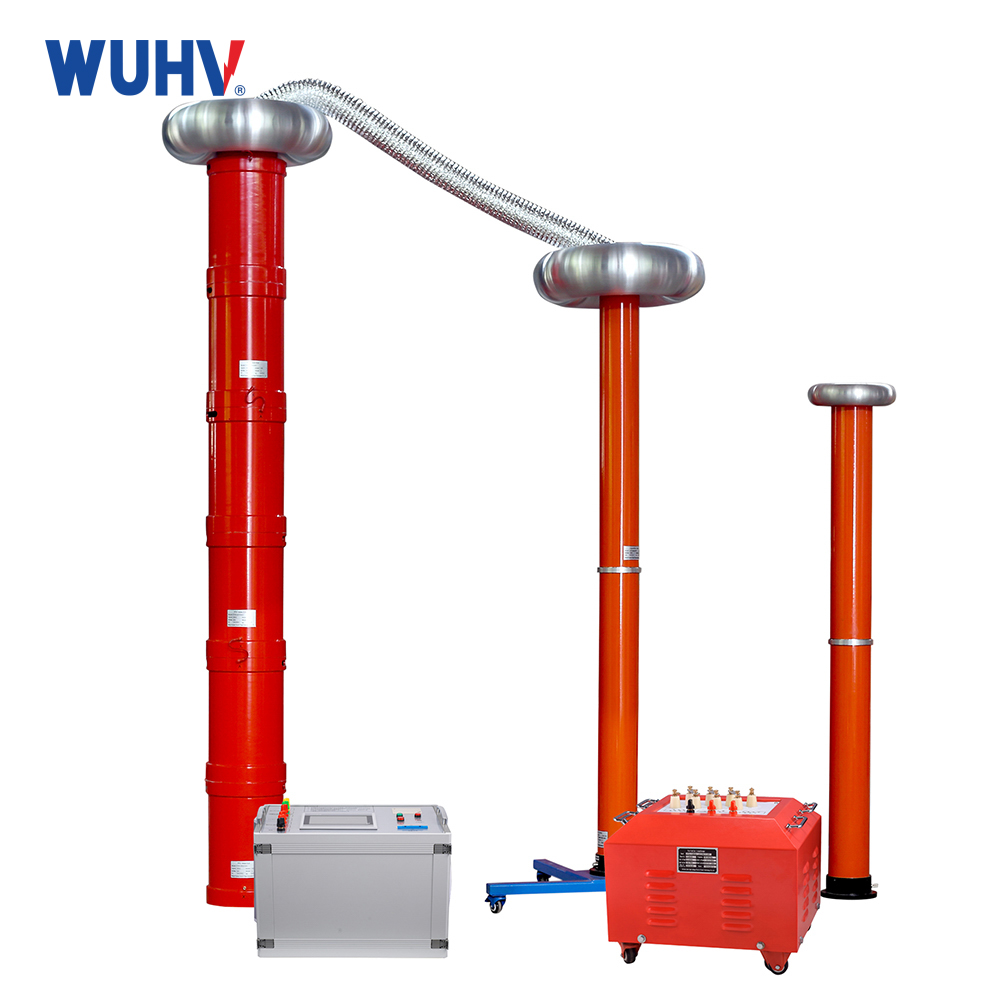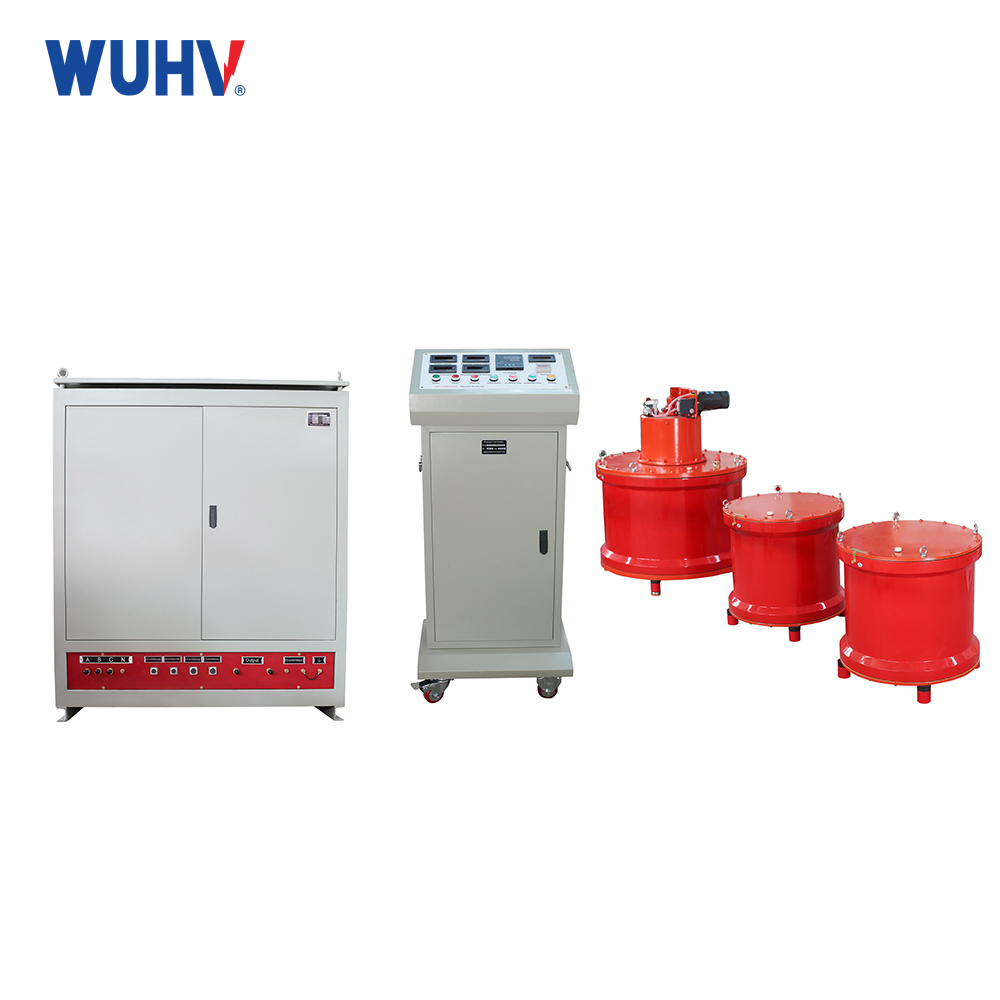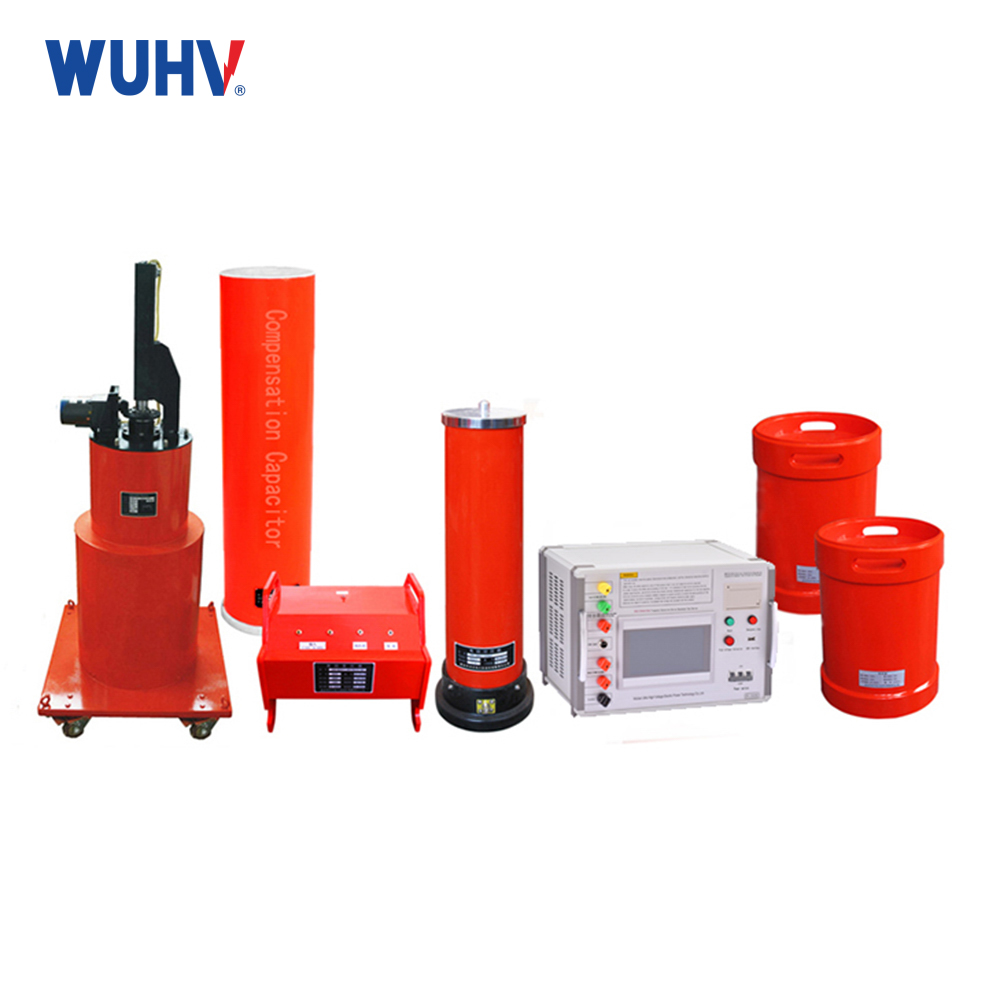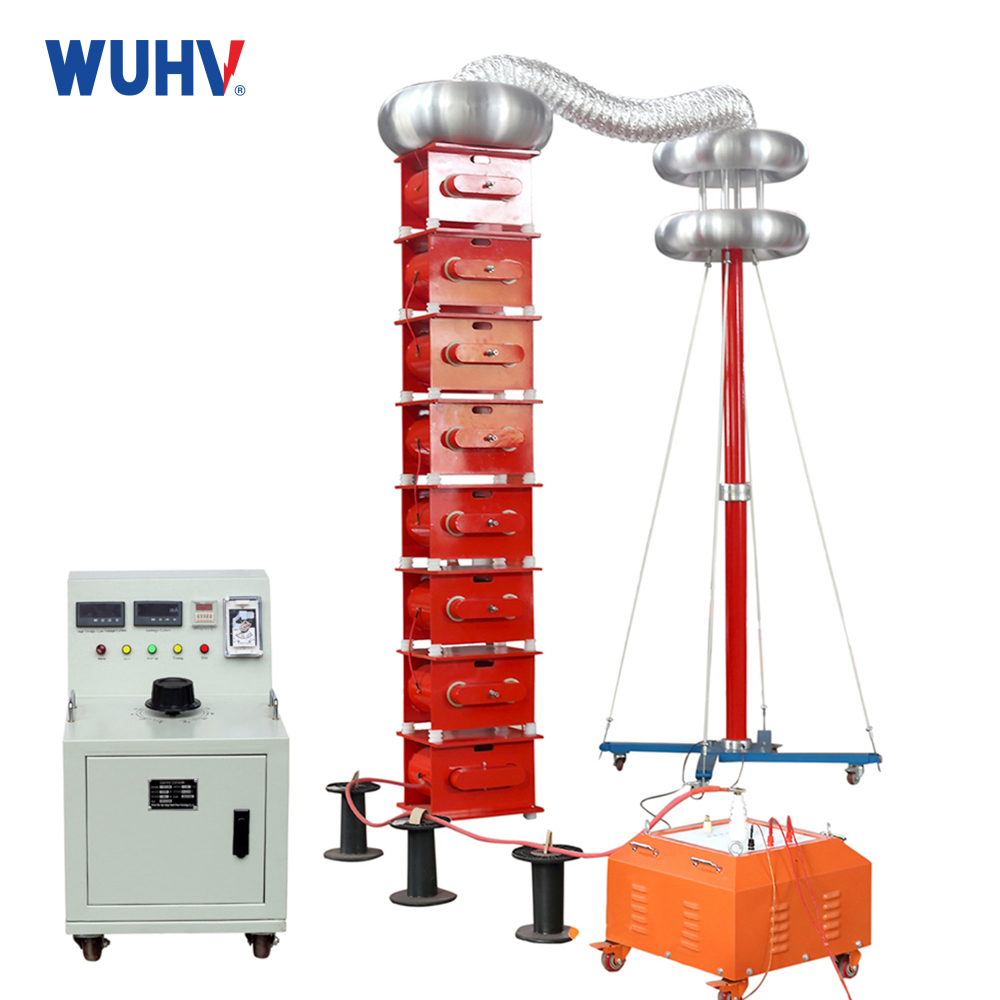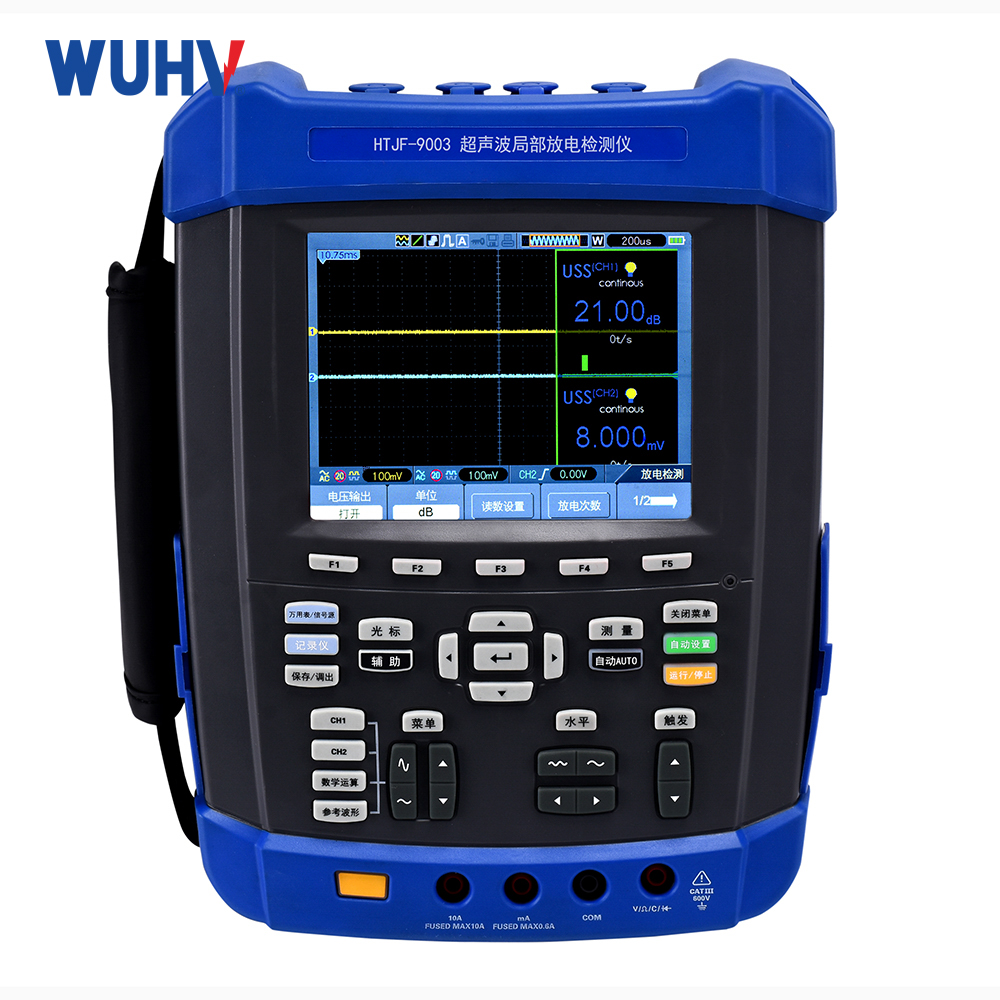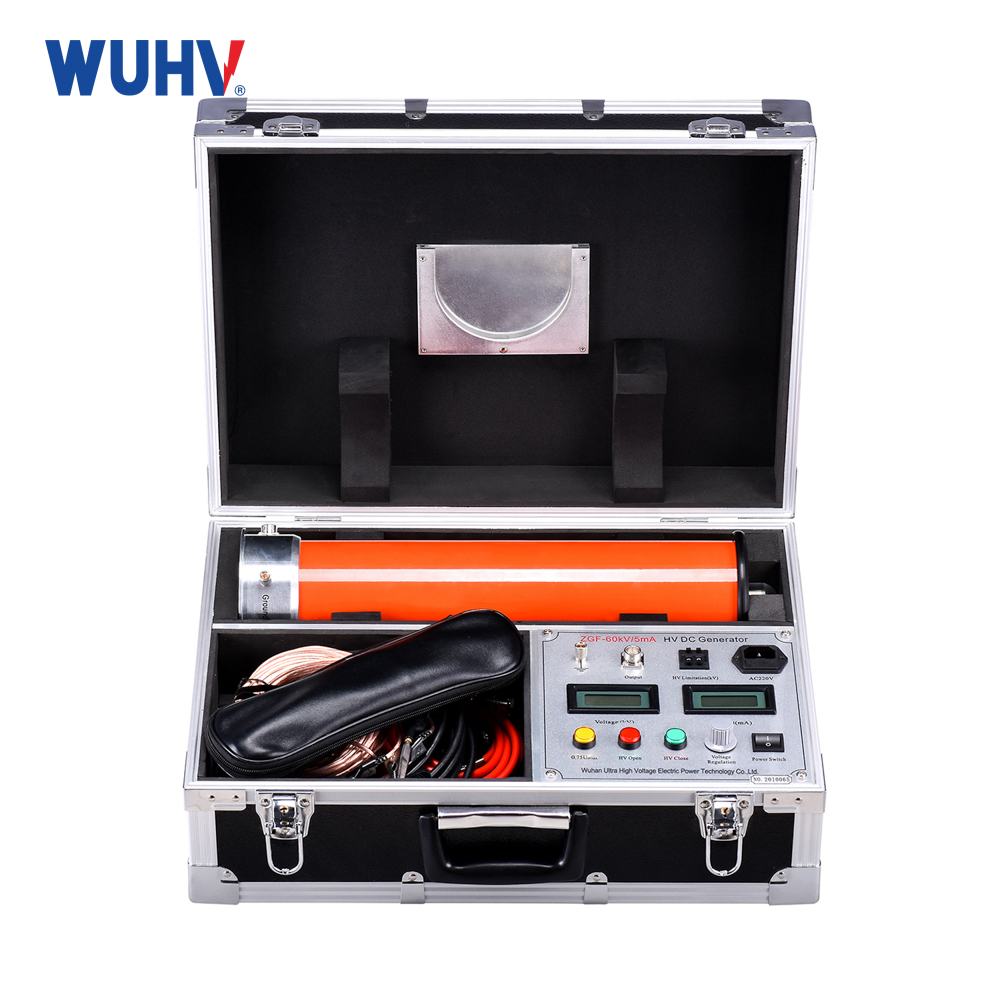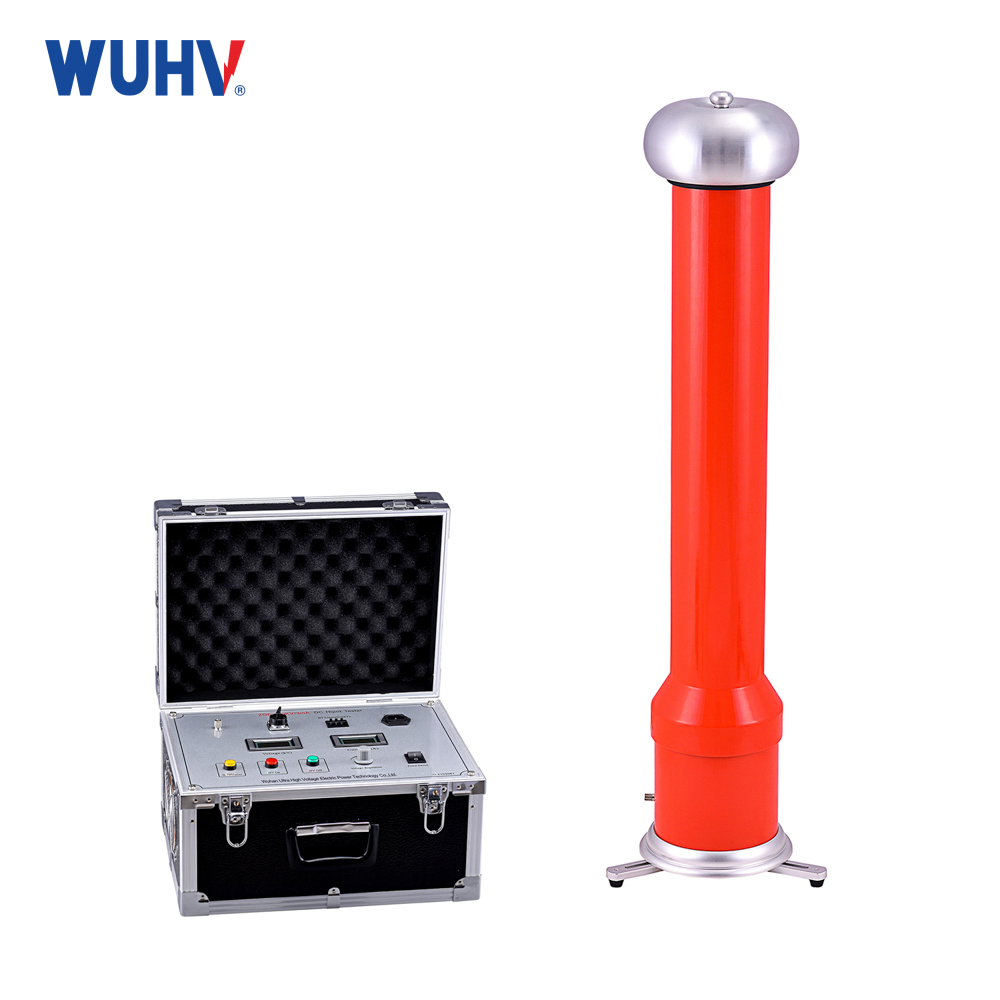The cable fault testerunder Wuhan UHV can help many power workers conduct various power tests more conveniently.
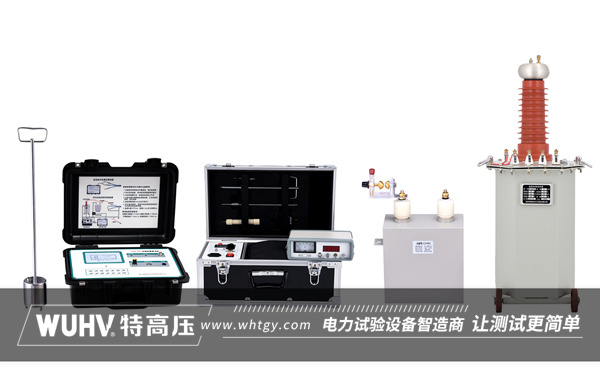
The causes of faults in buried cables can be summarized into the following aspects, which will be explained in detail with relevant numbers and information:
1、 External force damage
Main reason: External force damage is the main cause of faults in buried cables. This includes activities such as repeated construction, laying water pipes, constructing water channels, planting trees, and building structures above buried lines, which can easily damage the insulation layer of the buried lines and cause wire breakage or grounding faults.
Specific examples: Mechanical collisions, excavation, and other behaviors during construction, as well as natural factors such as earthquakes and soil settlement, can all cause damage to buried cables.
2、 Connector malfunction
Construction issues: Due to non-standard joint technology during construction, it is highly likely to cause mechanical damage or problems such as high contact resistance and poor insulation at the joint.
Operational impact: After running the wires under load for a period of time, hidden dangers at the joints often lead to wire breakage or grounding faults.
Specific manifestations: Construction problems such as loose joint crimping and insufficient heating can lead to reduced insulation of cable heads, resulting in accidents.
3、 Improper laying
Process requirements: Strict process requirements are required for direct buried wire laying. However, due to various reasons such as the large and widespread workload of rural power grid renovation and personnel shortage, there are non-standard behaviors in the construction of buried lines in some areas.
Specific issues: If fine soil is not used for backfilling the trench, and soil blocks containing crushed stones are directly backfilled, it is highly likely to damage the insulation layer; The depth of the trench is too shallow (such as less than 0.6m), which can easily cause wire breakage or grounding faults under heavy pressure on the ground surface; In high-altitude regions, the laying depth is less than the thickness of the frozen soil layer, making it more prone to wire breakage due to thermal expansion and contraction.
4、 Insulation is damp
Location of occurrence: Generally occurs at cable joints buried directly or in ducts.
Reason: Improper production of cable joints and making joints in humid weather conditions can cause water or steam to enter the joints. Over time, under the action of an electric field, water branches may form, gradually damaging the insulation strength of the cable and causing malfunctions.
5、 Chemical corrosion
Condition for occurrence: The cable is directly buried in an area with acid-base effects, which can cause corrosion of the cable's armor, lead sheath, or outer protective layer.
Impact: The protective layer fails due to long-term exposure to chemical or electrolytic corrosion, resulting in reduced insulation and cable failure.
6、 Long term overload operation
Impact: During overload operation, the thermal effect of the current will cause the conductor to heat up, while the skin effect of the charge and the eddy current loss of the steel armor and insulation medium will also generate additional heat, causing the cable temperature to rise.
Consequence: Long term overload operation will accelerate insulation aging, leading to insulation breakdown. Especially in the hot summer, the temperature rise of cables often leads to the first breakdown of weak insulation points in the cables.
7、 Other reasons
Quality issues with the cable itself, such as quality defects in the buried wire itself.
Biological damage: such as termites or rodents biting and damaging cables.
Natural aging: The normal aging of the cable body or other reasons such as natural disasters may also cause cable failures.
In summary, there are various reasons for the failure of buried cables, including external damage, joint failure, improper laying, insulation moisture, chemical corrosion, long-term overload operation, and other factors. During the laying, operation, and maintenance of cables, special attention should be paid to these aspects to reduce the occurrence of faults.


